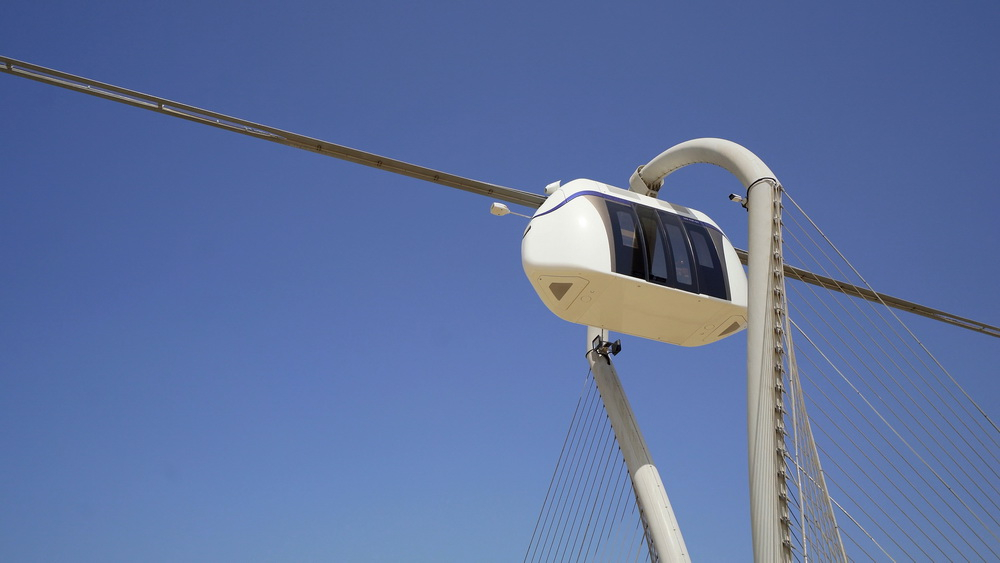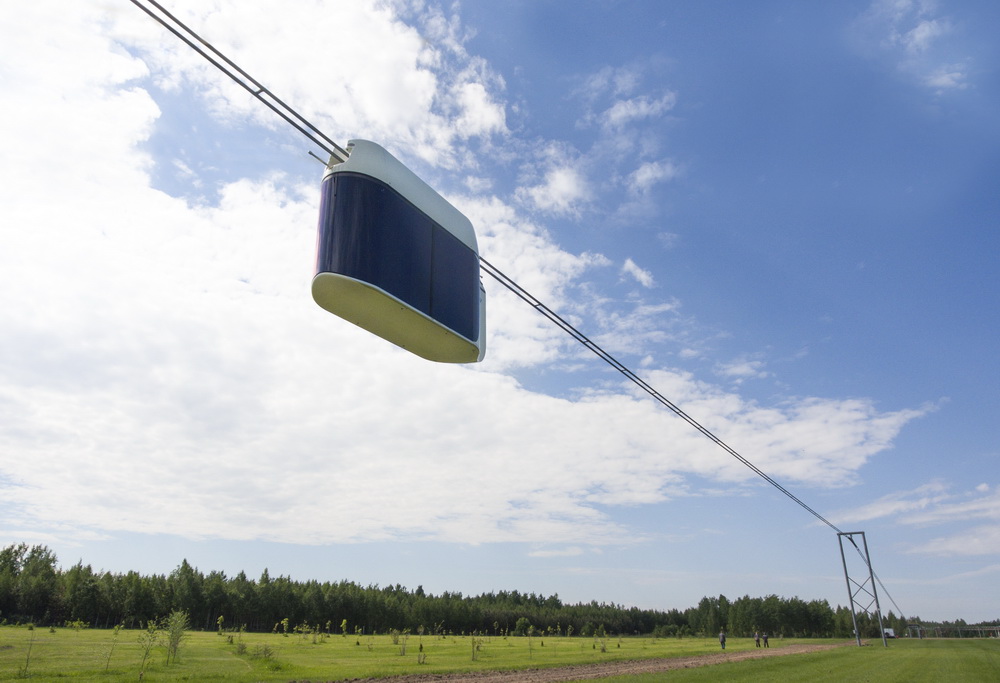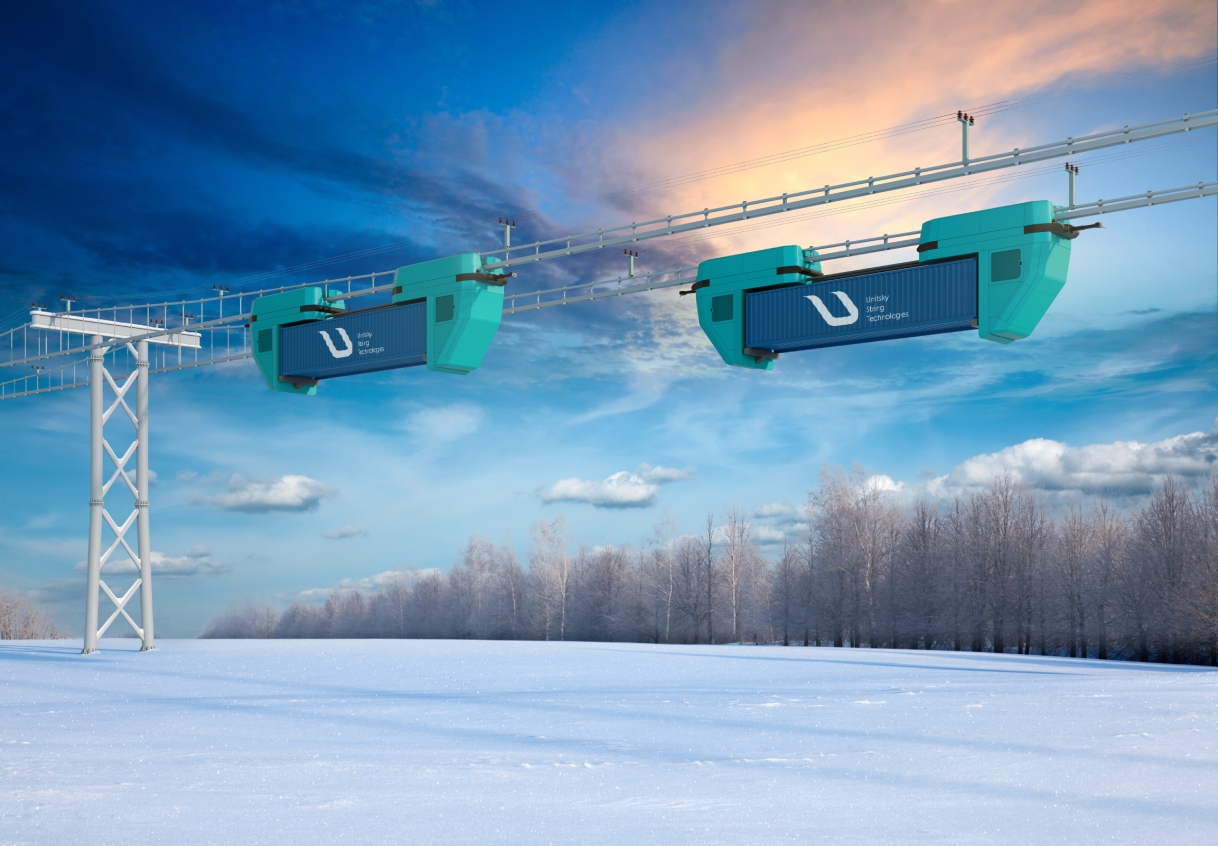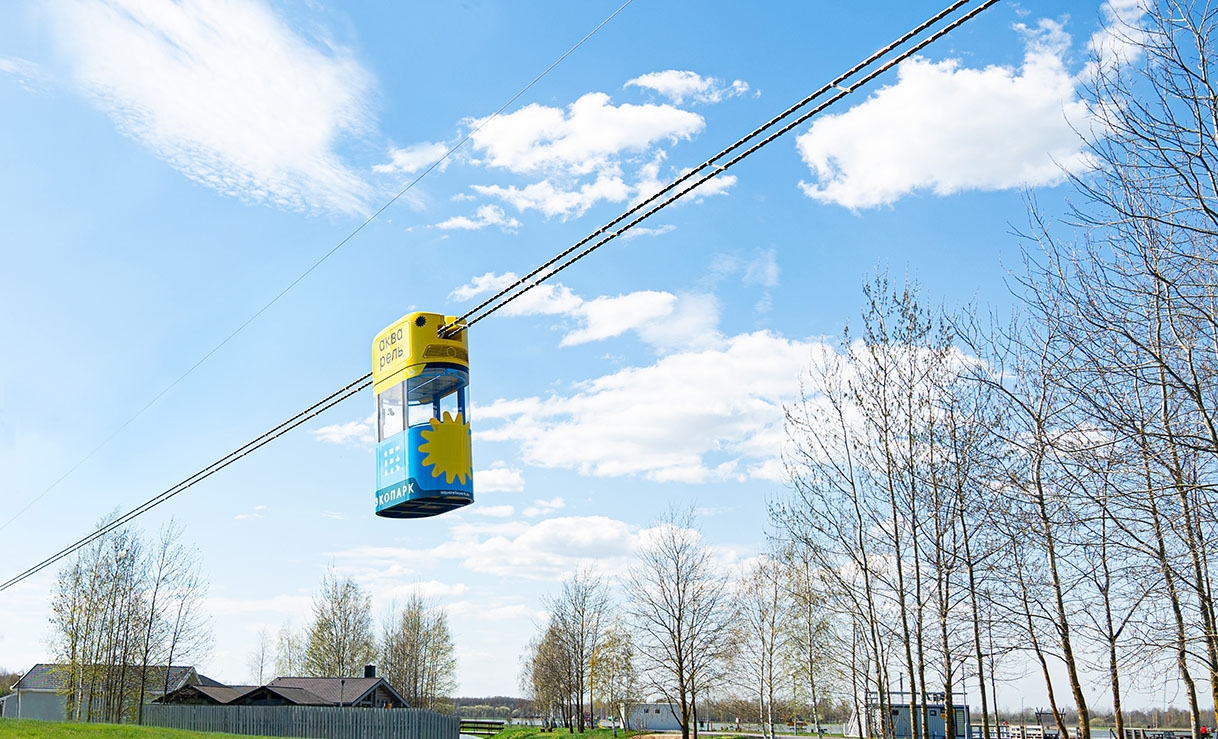What is the Advantage of Electronic Passports for String Transport?

The Innotrans journal published an article about electronic passports for the uST Transport & Infrastructure Complexes. The article describes in detail every advantage of such a solution. We’re spotlighting the key points.
Paper passports have a number of disadvantages such as limited capacity, risk of falsification, wear and tear, and loss over time. These problems can be avoided by introducing electronic passports and a corresponding system to work with them.

What is electronic passport?
It is a document that combines technical and operational data on the product throughout its entire lifetime. Simply speaking, it is a virtual database. Electronic passports should apply to the entire uST Transport & Infrastructure Complex. Any of its components can be attributed to a complex facility. Therefore, a passport or similar document is required.
Quick, convenient, efficient
Electronic passport has almost no size limits. Such an electronic document can record not only original, but the present state of a facility. It will be able to store much more data on the actual state of the complex. Such a virtual database will allow quick reception of comprehensive information on a specific vehicle.

…and safe
Electronic passports will significantly reduce the risk of criminal threats. The system will exclude false documents, duplicates, and passports for non-compliant equipment in terms of safety requirements and regulations. Any operation with electronic passports will be executed after full verification of the person performing the action, including his access rights and permissions.
Blockchain technology will avoid potential cyber threats. Centralized production and storage of electronic passports will keep the documents secure, safe, and durable.

With full information awareness of the state of a transport complex, the intelligent system will be more efficient in making organizational and management decisions, as well as in planning various types of maintenance and repair activities for string transport components.
Read the article in full in the original source.
More news

News
27 May 2022
Unitsky String Technologies Inc. Successfully Passed the Audit
UST Inc. passed the annual audit of individual financial statements, which was conducted by FinExpertiza-Bel Audit LLC. Annual individual financial statements accurately reflect the financial position of the company.

Blog
20 February 2023
How Can uST Transport Optimize Multimodal Cargo Transportation?
Using various modes of transport within the same order allows to solve complex and non-standard tasks. uST solutions can reduce time and simplify clearance at particular stages of multimodal forwarding.

uLite
30 October 2023
Modular design and high-strength materials: how uLite works
The unmanned electric vehicle moves using motor-wheels with a modified contact of the wheel-rail pair.

